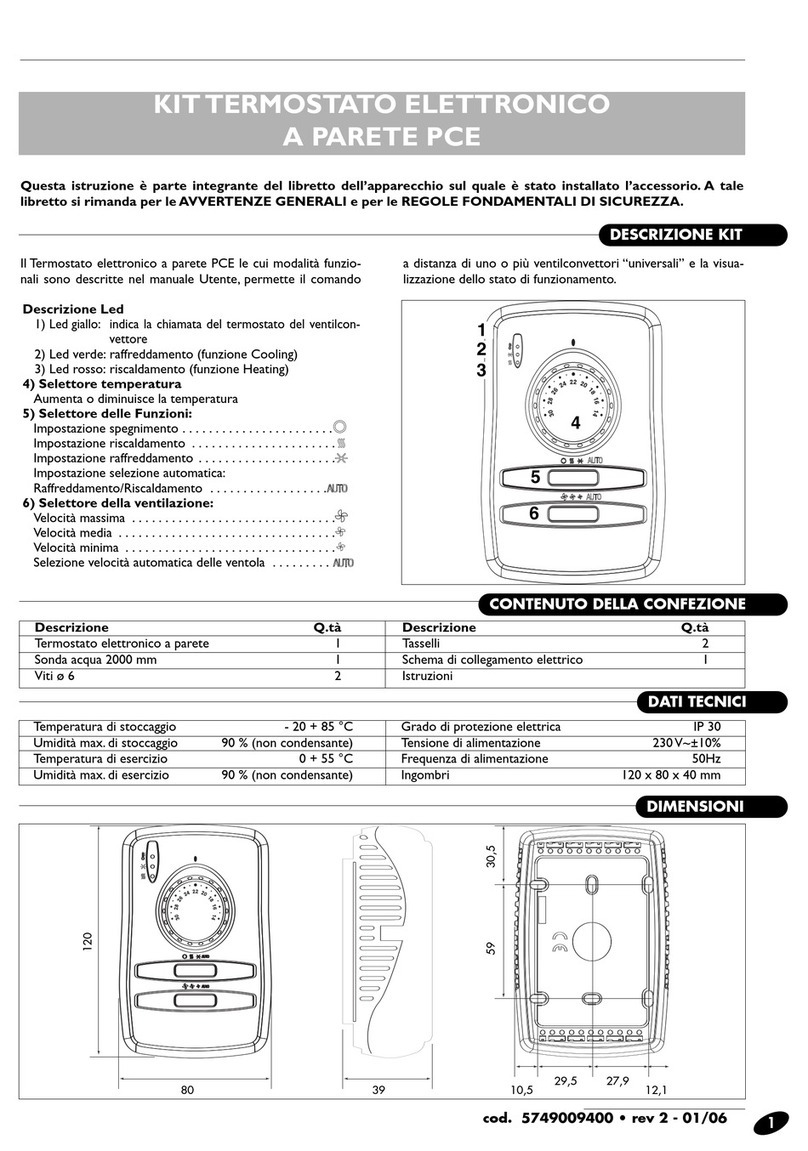C0240111-04-05-GB
Summary
1 USER INTERFACE................................................................................................................ 3
2 MENU STRUCTURE ..............................................................................................................4
3 SETTING THE CONNECTIONS..............................................................................................6
3.1 Available hardware ............................................................................................................6
3.2 Connecting more than one unit............................................................................................9
3.3 Additional connections ..................................................................................................... 13
3.4 Configuring the terminals ................................................................................................. 14
4 SWITCHING THE UNIT ON AND OFF .................................................................................21
5 USER PROGRAMMING....................................................................................................... 23
5.1) SETTING THE OPERATING MODE ...................................................................................... 23
5.2) USER MENU................................................................................................................... 25
5.2.1 ) ADJUSTMENT............................................................................................................. 25
5.2.2 ) RECOVERY................................................................................................................. 31
5.3) SETPOINT MENU ............................................................................................................ 33
5.4) CLOCK MENU.................................................................................................................33
6 MANUFACTURER PROGRAMMING ..................................................................................... 34
6.1) FREECOOLING ............................................................................................................... 35
6.2) CONDENSATION ............................................................................................................ 36
7 ALARMS............................................................................................................................38
ANNEX 1A : TABLE OF W3000 MASKS .....................................................................................43
ANNEX 1B : TABLE OF W3000 BASE MASKS ............................................................................. 63
ANNEX 1C : PARAMETERS TABLE .............................................................................................69
ANNEX 2 : INPUT/OUTPUT TABLE ..........................................................................................78
“S” HARDWARE: ...................................................................................................................78
“M” HARDWARE:...................................................................................................................80
“L” HARDWARE: ...................................................................................................................82
“HL” HARDWARE: ................................................................................................................. 87
“B” HARDWARE (for hermetic compressors).............................................................................. 90
EXPANSIONS ....................................................................................................................... 92
SYMBOLS ...............................................................................................................................105
Notice:The W3000 controller software is protected by a digital signature.
This means that it can only work on cards supplied by Climaveneta and not on cards
purchased from other dealers.
2





























